
Two days after being sworn in as the new federal heritage minister, Mélanie Joly made it clear that part of her job would involve undoing some of the work of the Harper government.
“The past government didn’t have the same vision and values as Canadians, and to that extent some symbols were changed,” she told the Globe and Mail. It reported she would be “resetting the symbols tweaked out of alignment” by the previous government.
Canada’s most-visited museum is one of the major cultural symbols that significantly changed in the nine years of Conservative rule. A controversial revision to its name and mandate meant the Canadian Museum of Civilization officially became the Canadian Museum of History on Dec. 12, 2013.
The Liberals called the change an attempt to "turn the museum into a subsidiary of the Conservative Party spin machine." The NDP, the Greens, academics, trade and charitable organizations, and commentators pointed to it as an example of potential partisan meddling. Many of the criticisms alleged that the museum's new focus on politics and conflict aligned with a bellicose view of the past favoured by the Conservative government. The Conservatives and the Museum of History denied it.

It appeared the museum was on the agenda for change when, in December, current CEO Mark O’Neill received a letter from Government House Leader Dominic LeBlanc demanding he resign. O’Neill was one of many leaders of Crown corporations and institutions who were reappointed in the dying days of the former government, and whom the Liberals subsequently asked to step down.
But then Joly changed course.
She now says she supports O’Neill, the Harper appointee who oversaw the museum’s controversial change of mandate. (Her statement of support comes after the Ottawa Citizen reported O'Neill was "prepared to fight" the government’s demand he give up his five-year reappointment, and that he had hired high-profile wrongful dismissal lawyer Janice Payne, who previously represented Senator Mike Duffy.)
New information uncovered by a BuzzFeed Canada investigation reveals that as the mandate change was underway, a senior museum official told staff that “the arm’s length is way shorter, if it still exists” when discussing O’Neill and the relationship between the museum and its Conservative minister of the time.
Reporting also reveals that in the months leading up to the unveiling of the new mandate, and under O’Neill’s leadership, the museum made legal threats against six archaeologists who objected on ethical grounds to a major acquisition. Three Parks Canada archaeologists also advised the museum against the acquisition on ethical grounds.
BuzzFeed Canada sent the museum detailed questions about the arm's-length status under the Harper government, and the debate about the acquisition of the artifacts in question. The museum declined to provide specific answers about either, offering only general statements.
After being made aware of the above, Joly reiterated in a statement that she “strongly supports” O’Neill’s reappointment.
NDP Heritage critic Pierre Nantel says the new information requires the minister to explain her support for O'Neill, and her decision to not engage a merit-based appointment process for his job.
"These are serious allegations -- that a Harper appointee enabled the Conservatives to politicize a national museum, while this publicly-funded institution had its name changed, its mandate and independence eviscerated, researchers fired, exhibitions destroyed and gag orders sent to scientists," Nantel said.
"The Liberals once opposed Conservative changes to the museum and promised they would stand up for Canadian scientists and researchers. They now need to explain why they are giving their support to Mr. O'Neill without at least requiring him to go through a merit-based appointment process," he added.
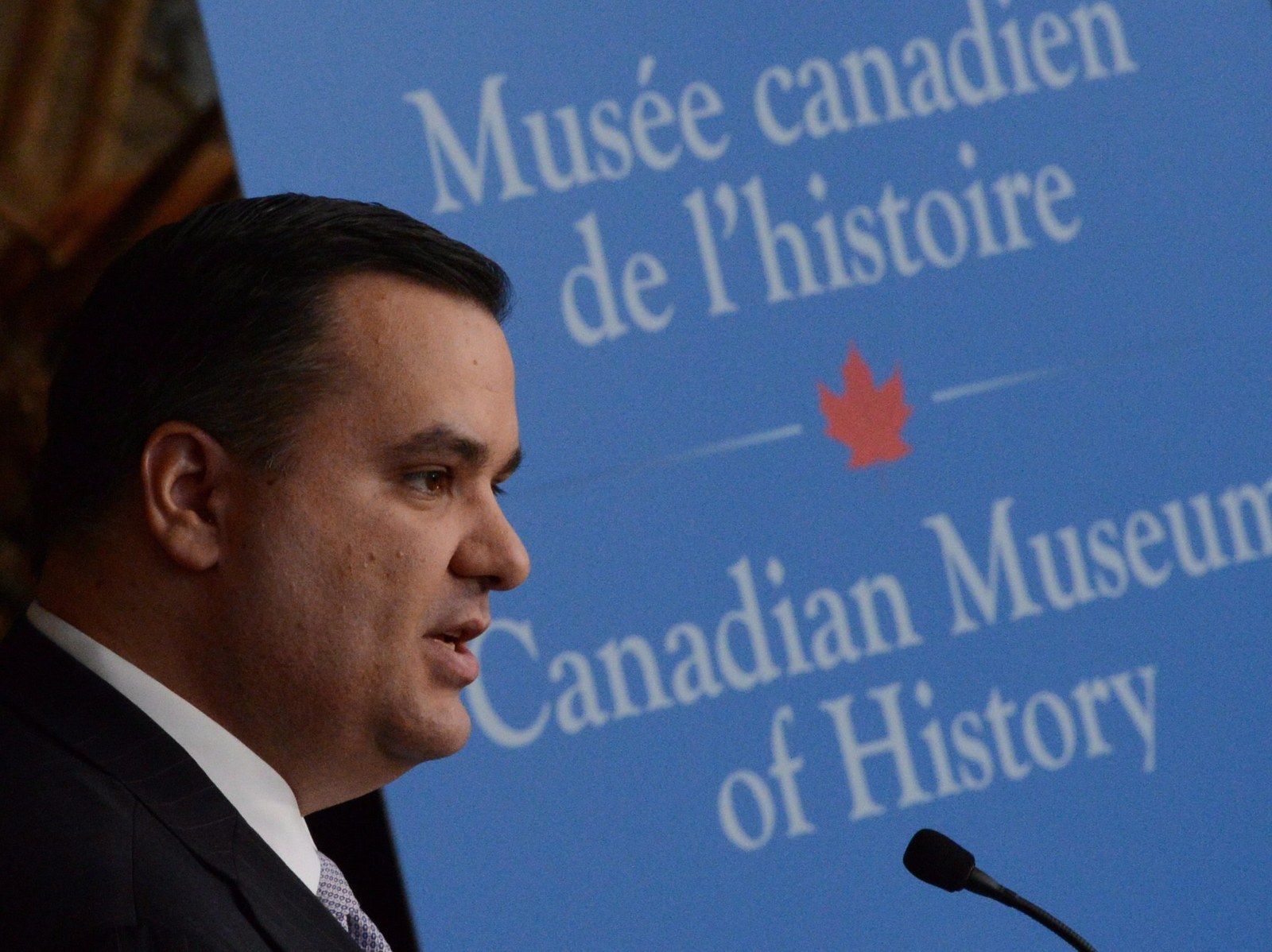
On Oct. 16, 2012, Heritage Minister James Moore announced that the Museum of Civilization would soon cease to exist. In its place would be the Canadian Museum of History.
"Canadians deserve a national museum that tells our stories and presents our country's treasures to the world," he said.
After the name and mandate change were announced, it was often Jean-Marc Blais, the museum's director general and vice president, who was called upon to publicly deflect suggestions of political interference.
“I’ve been in the museum for 25 years almost,” he told the National Post. “I can testify personally that I was never pressured for selecting one topic over another.”
But that isn’t the message he gave to museum staff in the months preceding Moore's announcement.
In June 2012, Blais led internal discussions with several groups of museum employees about the Conservative government’s plans for the museum under its then-new president and CEO Mark O’Neill.
An audio recording of one meeting with Blais, obtained by BuzzFeed Canada, reveals what museum management were saying behind closed doors.
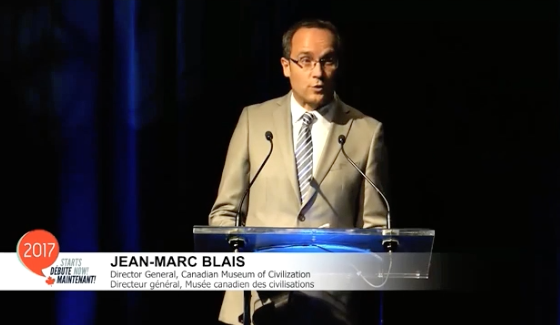
"What [O’Neill] is good at is to work the machine of where we fit in,” Blais told staff. “This is a big change that we have to be conscious of. I keep repeating every single time I meet different groups in the last two weeks: The arm’s length is way shorter, if it still exists.”
Multiple sources at the Museum of History confirmed the recording’s authenticity. A staff member present at the meeting during which Blais spoke confirmed hearing the remarks. Other staff members said they heard Blais confide the same, or similar, messages.
“O’Neill is battling suspicion that his museum’s goals and the government’s aims are blurring,” wrote Macleans’ John Geddes in July 2013. “He asserts his independence; [Conservative Heritage Minister James] Moore declares he respects it.”
On the recording, however, Blais emphasized Moore's close involvement in the museum:
Mark [O'Neill] put that in writing in his message two weeks ago: We’re not the museum of the 1990s, we’re not the museum of the 2000s. We’re the museum of 2012. And this — if you read between the lines — it means a lot of things when he says that. ... He doesn’t work alone. We have our board, we have our minister. Our minister is here often. Very often. Very, very often. And so that’s a big change.
The Museum of History refused to comment on the recording. A spokesperson offered a blanket statement that it “operates at arm’s length from the Government of Canada.” O’Neill and Blais also refused to comment, instead referring inquiries to the museum’s spokesperson. Moore did not respond to requests for comment.
“Some of us were here in the 1990s,” said Blais on the 2012 recording. “We never saw a minister come here — except if there was a government ceremony or something. That’s it. You didn’t have a minister coming and making announcements of different things and checking out our collections.”
He said things were different with the Conservatives and O’Neill in charge.
“Obviously the context has changed,” Blais said. “The context that we are living in as an institution is not the same that we went through 10 years ago, 15 years ago, 20 years ago.”
David Robinson, executive director of the Canadian Association of University Teachers, said the Blais recording "confirm[s] concerns raised by our organization in 2013 of government interference and partisan influence at the Canadian Museum of History."

One of the Museum of History’s most prominent exhibitions since its change of mandate and name was last year’s Empress of Ireland: Canada’s Titanic. It featured artifacts from the ocean liner, which sank in the Saint Lawrence River on May 29, 1914, taking more than 1,000 lives with it. The Empress remains the country’s largest maritime disaster.
In the decades after the Empress sank, private and commercial salvagers stripped thousands of artifacts from its wreck site, until the Québec government stepped in and designated it a heritage site in 1999. It is now a federal heritage site, too.
The most active collector of Empress artifacts over the years was diver Philippe Beaudry. The Ottawa Citizen reported in October 2012 that the museum acquired a collection of 400 items from Beaudry for what was later revealed to be $1.75 million in cash and a $1.3 million tax receipt.
At the time, museum officials celebrated the acquisition as a major achievement. Curator John Willis called it “the single most important 20th-century acquisition that we’ve made.”
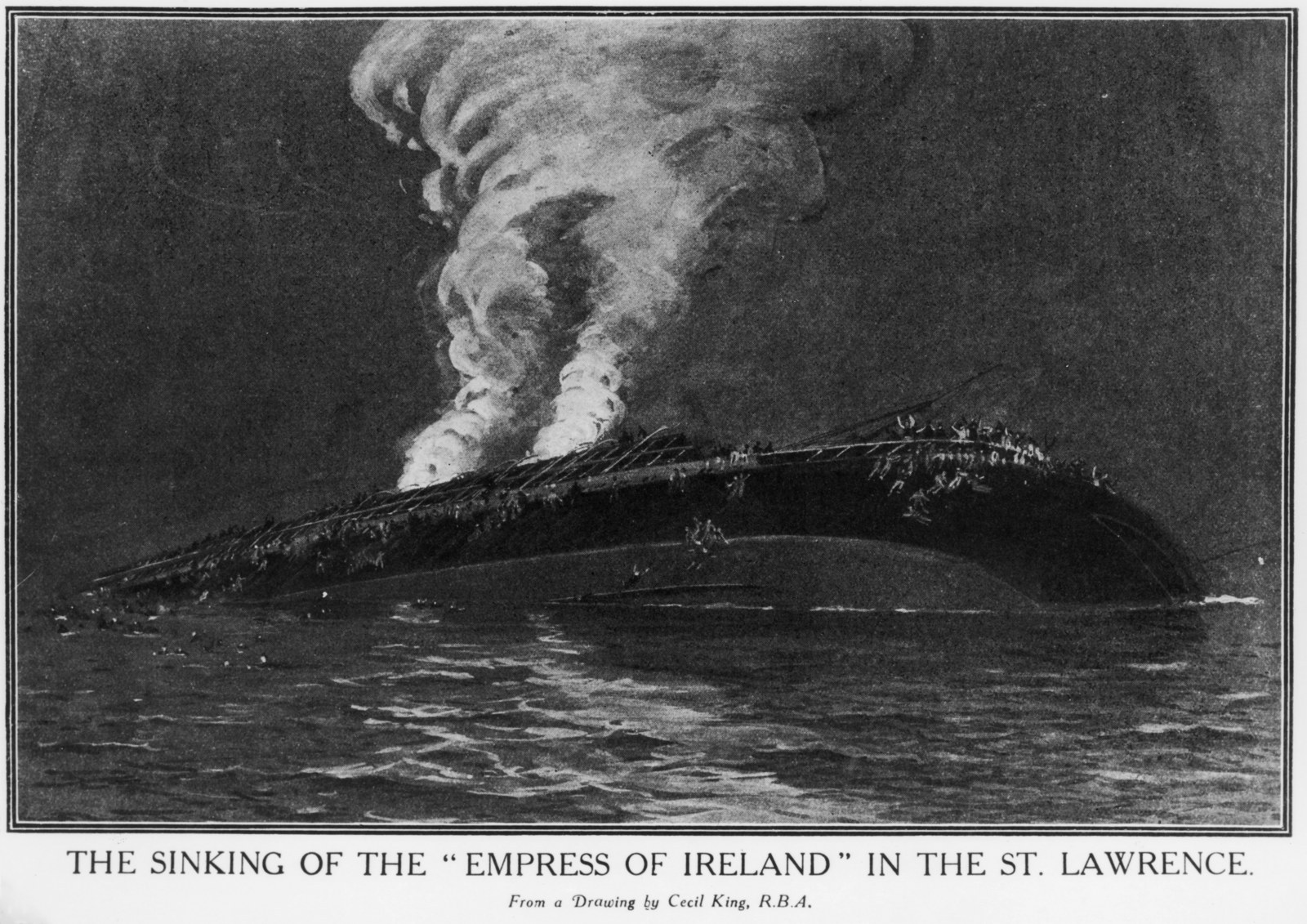
But what was unknown until now is that the acquisition was made despite objections raised by six museum archaeologists, as well as by archaeologists from Parks Canada. The museum’s response to its own archaeologists included a stern letter from an outside legal firm that warned of serious consequences if they made their concerns public.
“For professional ethics, it is our duty to speak out,” read the Jan. 31, 2012, letter to the museum’s executive committee, including O’Neill, from the six archaeologists.
BuzzFeed Canada obtained the French draft of the letter, which was prepared on Jan. 13. The final version was signed by curators and archaeologists Matthew Betts, Jerome Cybulski, Jean-Luc Pilon, Terence Clark, Yves Monette, and Patricia Sutherland. Two of those signatories — Monette and Sutherland — subsequently lost their jobs at the museum under circumstances that led to media coverage and, in Sutherland’s case, a petition calling for her reinstatement.
The group argued that the acquisition could either violate or set unfavourable precedent under the ethics codes of the Canadian Museums Association (CMA) and the International Council of Museums (ICOM).
“All we wanted to do was preserve the museum's reputation and ethical standards,” Monette said in an interview. “Never, in its long history, had the museum curatorial staff had to endorse such a bad decision — one motivated by some managers who were more interested in their own legacy and imprint than that of the institution.”
Many museum collection guidelines, including the Museum of History’s, discourage the acquisition of artifacts obtained through commercial exploitation or for unscientific purposes. It is believed such acquisitions could encourage the unregulated and unscientific trade of cultural artifacts.
“The biggest problem is that salvors only take a tiny fraction of a shipwreck’s total artifact assemblage: only the things they can raise, rinse, and retail,” Paul F. Johnston, the curator of maritime history at the Smithsonian Institution’s Museum of Natural History, told BuzzFeed Canada. “They leave behind the vast majority of a shipwreck’s artifacts — maybe 99.9% — and commonly disturb or destroy that remainder to get to the monetarily valuable stuff.”
The museum’s policy for the development of its National Collection says it follows the ICOM Code of Ethics, which advises that “museums should not acquire objects where there is reasonable cause to believe their recovery involved unauthorised or unscientific fieldwork, or intentional destruction or damage of monuments.”
The letter of concern from museum staff also noted that three archaeologists at Parks Canada had previously urged the museum not to acquire the collection “because of the precedent that this transaction might create.”
One of those Parks Canada archaeologists, Daniel Laroche, confirmed this in a statement to BuzzFeed Canada:
When we provided our opinion in 2010, I and other archaeologists believed that it was contrary to the ethics of museology to acquire objects that were plundered. Over the years and before being protected, the Empress of Ireland had been stripped from so many artifacts and even human remains that it lost very much of its integrity as an archaeological site. The message we wanted the museum — and all museums in Canada — to promote, is to protect our underwater heritage because it is not renewable and when data is lost, it is lost forever.
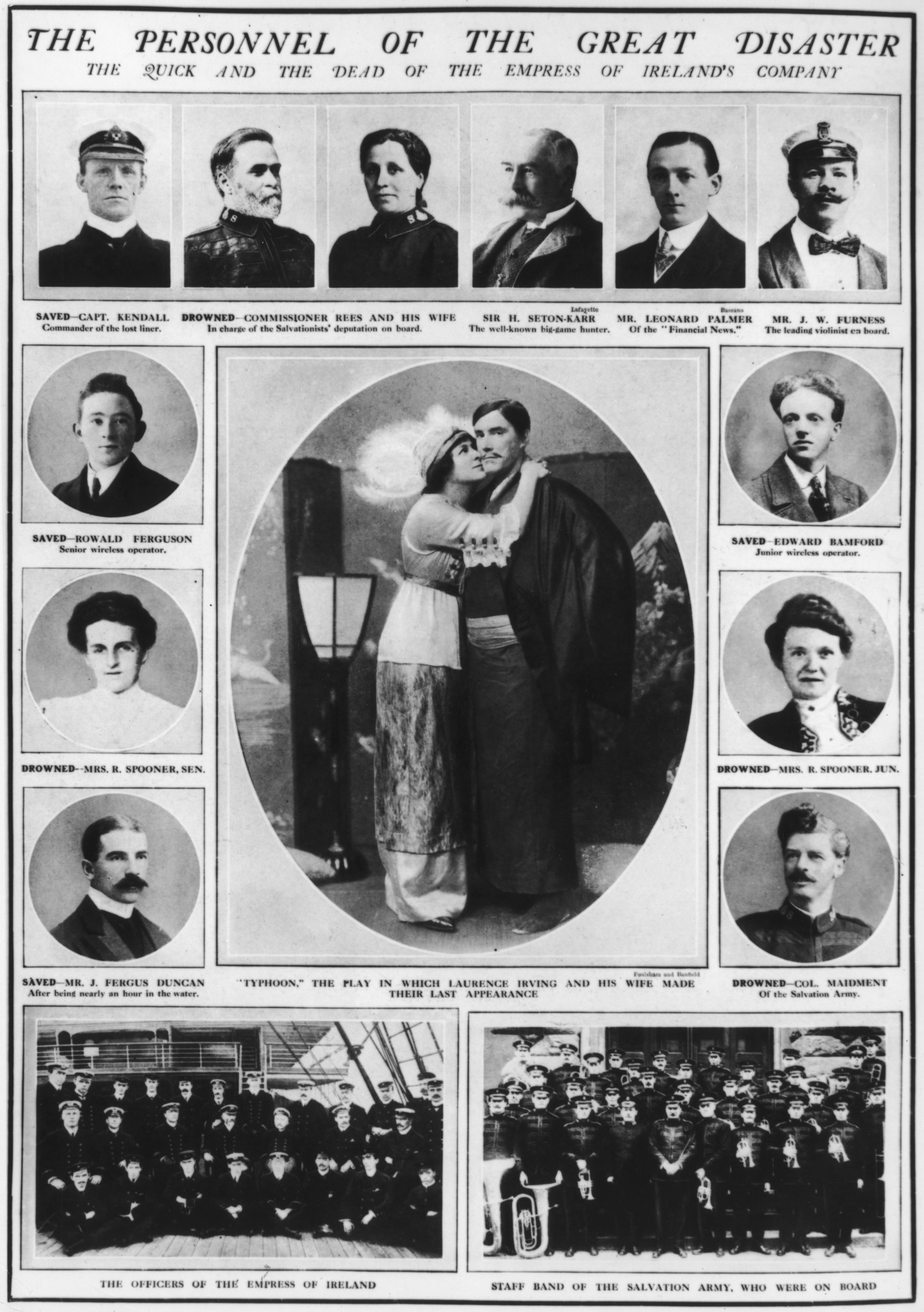
On Feb. 2, 2012, the museum’s archaeologists received two replies to their objections.
The first was a response from the museum’s director of archaeology and history, David Morrison. He wrote that he found it “completely unacceptable and extremely troubling” that staff members brought their concerns to the executive and not to him exclusively. Morrison also said the archaeologists' opinions were not shared by the museum.
Monette said the group had to send the letter to the executive committee — “otherwise management would not have considered our professional and ethical concerns about the acquisition.”
In his response, Morrison argued that the Beaudry collection was acquired at periods when many of the guidelines the archaeologists cited were not applicable. He also said the museum received the blessing of Parks Canada Vice President Larry Ostola to obtain the artifacts. (When reached for comment, Ostola declined to say whether or not he had given his approval.)
Morrison did not deny that the Beaudry collection was amassed through nonacademic and nonscientific collecting. Instead, he argued that the acquisition would meet the threshold for an “exceptional circumstance” under the ICOM Code of Ethics. Morrison said it was important that the museum acquire the artifacts to ensure the collection was not broken up and that it remained in Canada.
The second reply the archaeologists received was a hand-delivered letter signed by David Sherriff-Scott, a well-known Ottawa defamation lawyer with Borden Ladner Gervais. Sherriff-Scott advised the archaeologists that should they make their views known to anyone else, their actions could amount to “intentional interference with economic relations, inducing breach of contract, or as basis for any number of potential legal causes of action.”
O’Neill was cc’d on the lawyer’s letter.
“We were forced to retract [our objections] under the threat of legal actions against us,” Monette said. (Read the retraction here.)
The Museum of History refused to comment on the letters or the specifics of the acquisition. “The museum did seek legal advice regarding the acquisition of the Empress of Ireland collection and was assured that there was no issue with this acquisition,” a spokesperson said. (O’Neill declined to provide comment, instead referring inquiries to the museum’s spokesperson.)
The museum also provided BuzzFeed Canada with a signed statement from Matthew Betts, Jean-Luc Pilon, and Terence Clark, three current staffers who signed the letter of objection. Their statement reaffirmed that the group retracted its concerns after receiving the museum’s threat of legal action.

The debate over the Empress collection isn’t the only example of academic strife at the museum during O’Neill’s tenure.
In March 2014, Don Butler of the Ottawa Citizen reported on former museum archaeologist Patricia Sutherland’s attempts to access her research, which seeks to establish proof of contact between Vikings and pre-Inuit Dorset culture in the Canadian Arctic.
Butler’s story said “the museum shut down Sutherland’s project and denied her access to her research.” (Sutherland was one of the signatories of the letter of objection sent to the museum executive about the Empress acquisition.)
Nearly two years later, Sutherland and the museum remain in a dispute over access to her research. The museum says it offered her a workspace, copies of materials, a research budget, and access to collections during "non-regular working hours.”
“I have indicated to the museum what is needed to be able to continue and complete my work: full access to collections, records and facilities,” Sutherland said in a statement. “I have not been offered and do not have this access."
Sutherland was fired in April 2012 after a yearlong museum investigation into allegations that she harassed colleagues. Those allegations came under scrutiny when CBC Television’s The Fifth Estate was allowed to review a more than 400-page report on them.
In the January 2014 special “Silence of the Labs,” host Linden MacIntyre describes “a repetitive litany of complaints, mostly based on the critiques of former colleagues. Their critique boiled down to an unflattering, if not uncommon, portrayal of a single-minded scientist: bossy and impatient, a perfectionist who sometimes spoke too bluntly. But they helped to get her fired."
BuzzFeed Canada requested a copy of the harassment investigation, but the museum declined to provide it.
In the CBC documentary, Sutherland said her work fell outside of the museum’s new mandate.
“The emphasis for the Arctic seems to be on 19th-century British naval exploration in the Northwest passage,” she said. “My work isn’t in the Northwest Passage; it’s too old. The project, I think, was not on message for the Conservative government.”
Yves Monette is another archaeologist who signed the Empress letter of objection and later found himself out of work at the museum. An expert on Acadia and New France, the Citizen reported that his job was being eliminated “because his research projects no longer fit the museum’s new research strategy and his expertise was too narrow to meet the museum’s needs.”
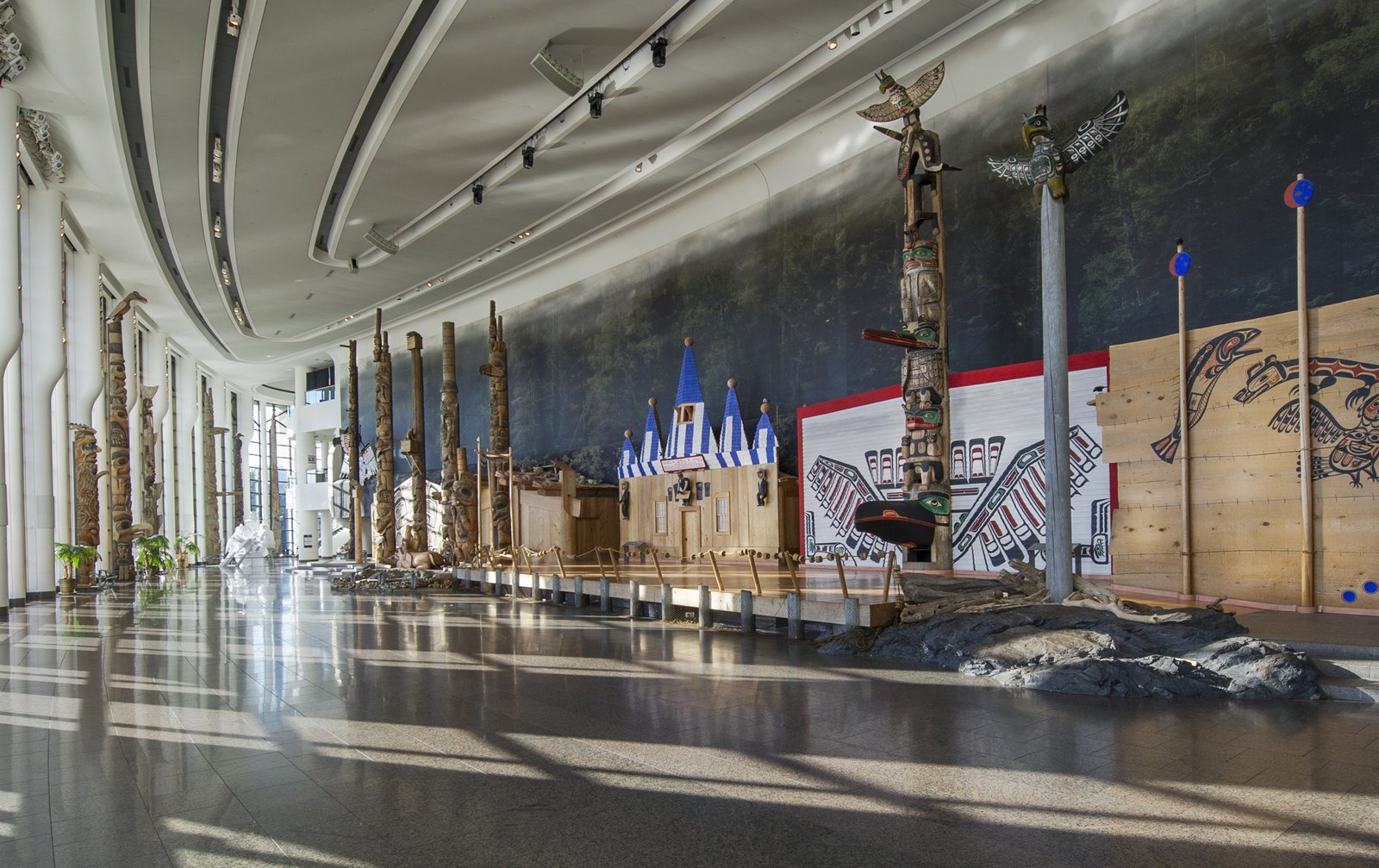
The NDP’s Nantel says that in light of what has transpired at the museum since 2012, the Liberals must clearly identify their priorities for the institution’s future.
"Are the Liberals willing to act to protect scientists at this national museum, or are they going to stand by a tainted Harper appointee who is perceived as enabling political interference?" he said. (Conservative Heritage critic Peter Van Loan did not respond to a request for comment.)
Former Museum of History CEO Victor Rabinovitch also has concerns about the museum bringing in exhibitions that lack Canadian content.
"In its broader exhibitions activities (which are not the same as research activities), the CMH is carrying on a modest program that brings in packaged shows from abroad, with little or no additional Canadian content or Canadian interpretation," said Rabinovitch.
Others have raised similar concerns. Ottawa Magazine said the current exhibit on Vikings contains no Canadian content at all, unlike a previous Viking exhibit that showcased Sutherland's research. Robert Everett-Green also wrote last month in the Globe and Mail that a recent Confederation exhibit left out Canada's "indigenous roots."
Rabinovitch and the Canadian Association of University Teachers are now both calling on the new government to re-examine the museum's mandate change.
“Our concerns with the Harper government’s mandate change to the Canadian Museum of History remain,” said Robinson, CAUT's executive director. “We hope to see the new government review the current focus of the Canadian Museum of History.”
“Does the new government consider that adjusting the museum's mandate and outlook should be part of its modernizing, optimistic tone for this country?” Rabinovitch asked. “If the government wants to do this, it will have to make its policy choices clearly and publicly, much like its decision to reinstitute the full census at Statistics Canada and other science decisions.”
But given Joly’s “strong support” for current museum CEO Mark O’Neill, the job of undoing any of the Harper government’s changes will go to the very man who championed them in the first place.
